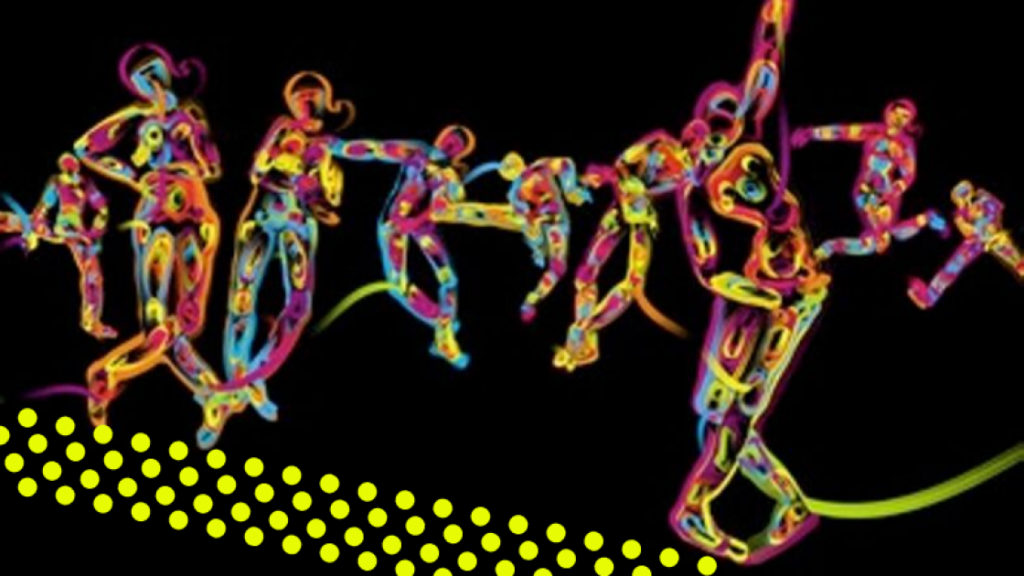
A little over a year ago I started thinking about the way AI will change organisational culture and day to day operations. It struck me how important it was to consider their interrelatedness at the outset of any AI transformation project to optimise outcomes. Framed as an introductory workshop this is how I envisaged the conversation kicking off.
AI impacts organisational culture by democratising access to real-time insight. This transforms operational decision making in every team, function and hierarchy.
The net effect is to make traditional command and control redundant. In turn generating the most significant transformation in organizational behaviour since the modern organisation was created to serve the needs of mass industrialisation.
The increasing disappearance of once mighty brands from global stock exchanges shows the fragility of this model when expected to navigate the flux and flow of today’s markets. You are sunk unless you can anticipate and avoid disrupters before they arrive. The pandemic has only turbo charged this trend.
The weakness of hierarchy is its lack of diversity in how it sees the world. We know individual and organisational mindsets rely on cognitive bias to reduce the effort of noticing what’s new ‘out there’. These mental shortcuts become dangerous when only a few can sell their keyhole view of the world to the rest.
The other restriction on nurturing an agile organizational mindset is tribalism – another form of cognitive bias based in our preference for the familiar which is less threatening. The recent growth in multi-disciplinary teams is recognition that we have over emphasized the benefits of specialization at the expense of diversity and the broader perspectives needed to tackle today’s challenges.
In the light of these challenges how can AI contribute?
Machine Learning (ML) is one of AI’s prime technologies. ML powered workflow is spreading across every organizational domain and industry sector. Its function is to spot patterns at scale and thus predict and assist evidence-based decision making. Its worth in an exponentially growing world of data is obvious. Without it, we remain blind to opportunity. As the world speeds up, we need to embrace constant adaptation to avoid strategic shock and decline.
When data is transformed into real-time insight and made instantly available via cloud technologies, a new kind of organisation is enabled. One that is unified with common access to the same 360 unfolding story. Then interpreted and acted on in whichever way each team wants to focus its expertise.
The cultural impact is potentially profound. The traditional divide between operational expertise and strategic decision-making collapses. The quality of decision making accelerates as greater diversity of human talent can contribute to interpretation and action.
If this hypothesis holds true and the nimbleness of early adopters who have made real time data their central focus for innovation and adaptation such as the Hut Group and Gusto to name others than the obvious ones, then here is the crux of the matter.
Any AI investment framed around the general aim of increasing value while lowering cost will only be realised when these behavioural changes are consciously explored and managed.
- How individuals’ work life evolves in terms of role, relationships and outcomes.
- How organisational design impacts agile responsiveness. Where and when decisions need to be made, who makes them and how authorities and accountabilities must evolve as a result.
As people start to recognise that AI should always be planned in the context of its transformational impact on people and culture, an emerging set of topics need exploring and embedding into your AI strategy. Here are a few of the obvious ones.
- Imagining how AI is going to change your organisation by 2030Where will AI replace and where will it augment human capital?
- What does ‘AI democratises decision making’ mean operationally?
- Whose daily work life is changed? And how?
- How does hierarchy and tribalism evolve in an AI culture?
- Exploring the deeper transformational opportunities this offers organisational designers
- Principles for how we get from ‘here’ to ‘there’
Hope this has got you thinking. Let me know if you are interested in applying this planning approach to your future projects.



